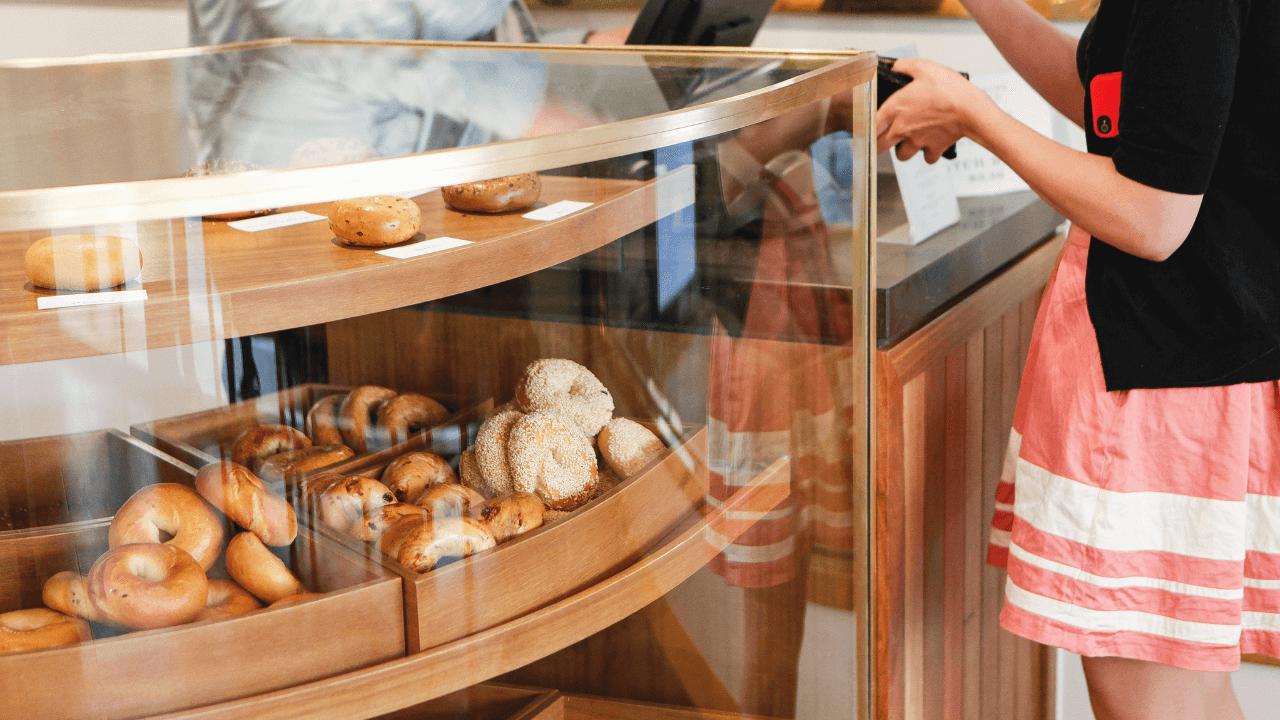Case Study: The Unexpected Key to Winning a Trip-and-Fall Case
AWARD: Undisclosed
Case Synopsis
Case Type
Trip-and-Fall
Injury
Shoulder Injury
Defendant
Bagel Shop in Albany, New York
Case Attorney
 Adam H. Rosenblum
Adam H. Rosenblum

Everything happens for a reason.
Paula, woman in her seventies hired me for a trip-and-fall case in the bagel shop she had been frequenting for years. The shop was a local staple for fresh bagels and coffee in Albany, New York. The woman’s visits to the bagel shop were a cherished part of her weekly routine.
During one particular visit, Paula stepped into the shop through the glass breezeway—a narrow corridor between the sidewalk and the entrance—where she encountered a hidden hazard. In breezeway was a rug that had become dangerously bunched up. The woman tripped over the uneven rug and fell hard, injuring her shoulder significantly.
The aftermath of the fall was painful and disheartening. Paula endured physical pain, as well as the financial and time-consuming burden of medical treatment and various appointments. But she was also frustrated of having been injured in what seemed like an avoidable situation.
In cases like these, proving liability can be particularly challenging. The primary obstacle was establishing that the bagel shop was responsible for the dangerous condition of the rug. Trip-and-fall cases are successful when it is proven that the organization or company in question either created the hazardous situation or knew about it and failed to correct it.
The initial investigation was not straightforward. The store’s defense was that they had no way of knowing about the rug’s condition. Rugs, after all, can shift and bunch up due to normal customer traffic. The store argued that they had not had sufficient time to address the rug issue if it was indeed reported. In slip-and-fall cases, proving the store management’s knowledge of a hazard is crucial.
An alternative is to prove management’s constructive knowledge – that is, the fact that they should have known about a hazard even if they did not.
I investigated the area where the incident occurred by taking photographs of the breezeway and analyzing how the rug bunched up in a hazardous position. My theory was that because the breezeway was small, every time someone opened the door, the bottom of the door would cause the rug to bunch up. Still, proving the store’s negligence remained a difficult task. The store did not appear to have directly caused the problem, nor did we have concrete evidence that they were aware of it—or so we thought.
The breakthrough came during an unrelated hearing. I was representing Mary, a different client regarding a Social Security disability matter, and while preparing for the hearing, I discovered that coincidentally this client had worked at the same bagel shop where the woman’s fall occurred! I jumped at the opportunity to obtain a lead for the trip-and-fall case, and to my surprise, Mary’s insights were what led us to win the case.
The client who previously worked at the bagel shop revealed that people would trip over that rug—the rug that our client tripped over—all the time. This revealed a crucial piece of information: The rug in the breezeway was a well-known hazard among employees, and management had consistently failed to address it.
Mary’s testimony was pivotal. It shifted the focus from accidental rug bunching to clear negligence. The bagel shop’s management was aware of the problem and had failed to act, which made them liable for the woman’s injuries.
With this newfound evidence, we were able to build a compelling case. We argued that the bagel shop’s failure to address the known hazard directly led to the woman’s injury. We were able to settle the once challenging and seemingly hopeless case for six figures. Our ability to make a case around the insights of a previous employee led our client to a huge settlement, compensating her for the severity of her injuries and holding the bagel shop accountable for their negligence.
This case illustrates a critical legal principle: Once management in any organization becomes aware of a hazardous condition and fails to rectify it, they become liable for all resulting injuries. For those who find themselves in a dangerous situation on the premise of another organization or company, remember to question the liability of the management. If you believe another entity is responsible for an injury you obtained, reach out to an experienced personal injury attorney. They have the skills and insights to effectively argue your case.
This case was a testament to the power of persistence, the importance of leveraging evidence effectively, and fate! To my surprise, a critical lead in an unrelated case led me to build a successful case for my personal injury client. Sometimes, the key to solving a seemingly hopeless case comes from the most unexpected places.








